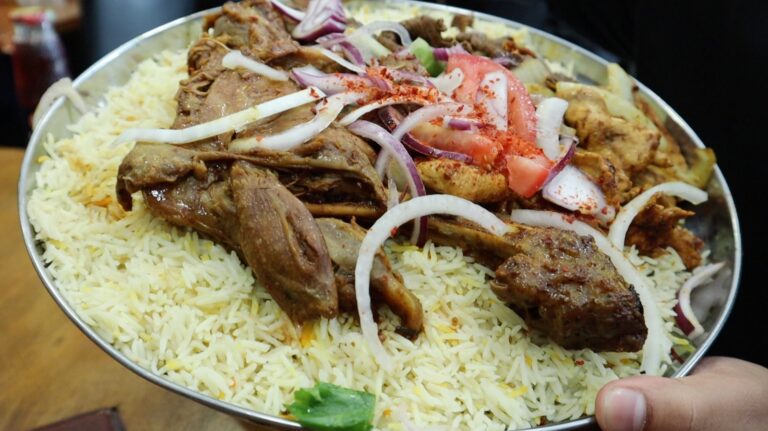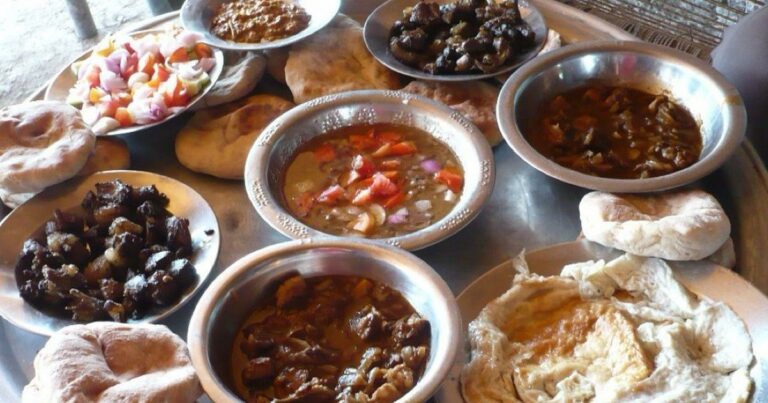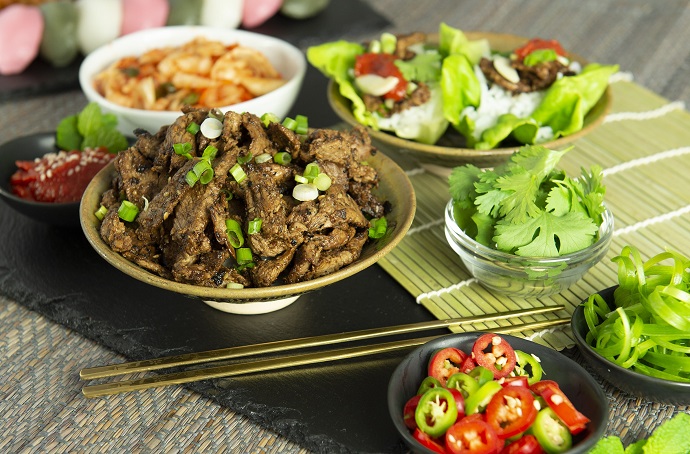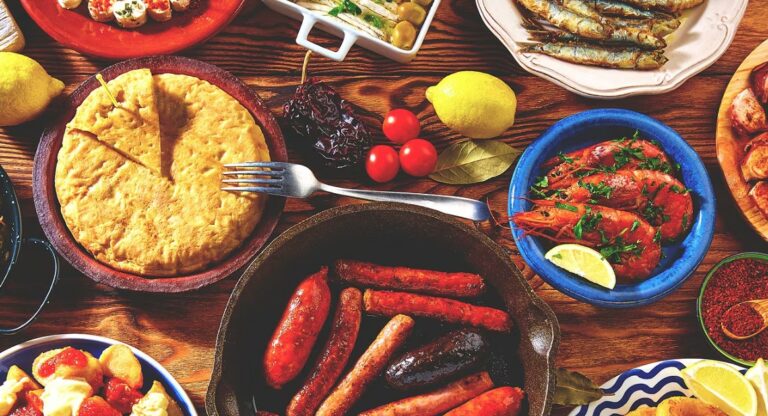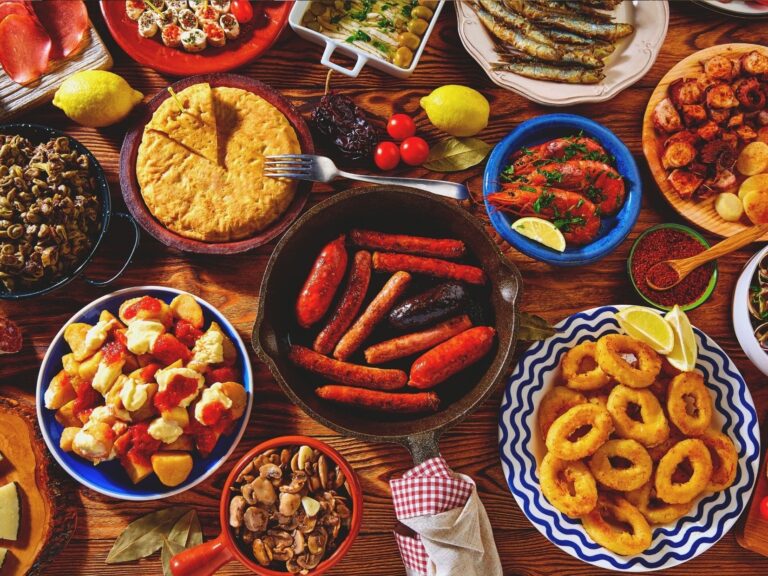Introduction: Breakfast in Somalia
Breakfast is the most important meal of the day, and it plays a vital role in the daily life of Somalis. In Somalia, breakfast is an essential part of their cultural heritage, and they take great pride in preparing and consuming the first meal of the day. The typical breakfast options in Somalia are diverse, ranging from staple foods to traditional dishes and popular beverages.
Staple Breakfast Foods in Somalia
Somalia’s staple breakfast foods include bread, rice, and porridge. Bread is usually freshly baked and served with butter or margarine, and it is a staple food for many Somalis. Rice is also a common breakfast food, and it is usually served with a sauce made from meat or vegetables. Porridge is a popular breakfast food made from cornmeal or sorghum flour, and it is often served with milk or butter.
Traditional Somali Breakfast Dishes
Somalia has a rich culinary tradition, and their breakfast dishes are a testament to their culture and heritage. One of the most popular traditional breakfast dishes in Somalia is “foul,” which is a spicy bean stew served with bread. “Anjero” is another traditional Somali breakfast food, which is a type of pancake made from fermented bread dough. “Sabayad” is another popular breakfast dish, which is a type of flatbread that is served with honey or butter.
Popular Beverages Served at Breakfast
In Somalia, tea is the most popular beverage served at breakfast, and it is often served with milk and sugar. Coffee is also a common drink, and it is served with milk and sugar. “Shaah” is another popular beverage, which is a type of spiced tea made with cinnamon, cardamom, and cloves.
Common Breakfast Eating Habits in Somalia
Somalis usually eat breakfast early in the morning, and it is often a communal meal shared with family and friends. They usually start their day with a light breakfast, which includes bread, tea, and fruit. Somalis prefer to eat with their hands, and they often share food from a communal plate.
Conclusion: Breakfast Culture in Somalia
Somalia’s breakfast culture is diverse and rich, and it reflects their culinary heritage and cultural traditions. The typical breakfast options in Somalia include staple foods, traditional dishes, and popular beverages. Breakfast is an essential part of their daily routine, and it is often a communal meal shared with family and friends. Somalis take great pride in their breakfast culture, and their love for food is evident in their diverse and delicious breakfast options.

